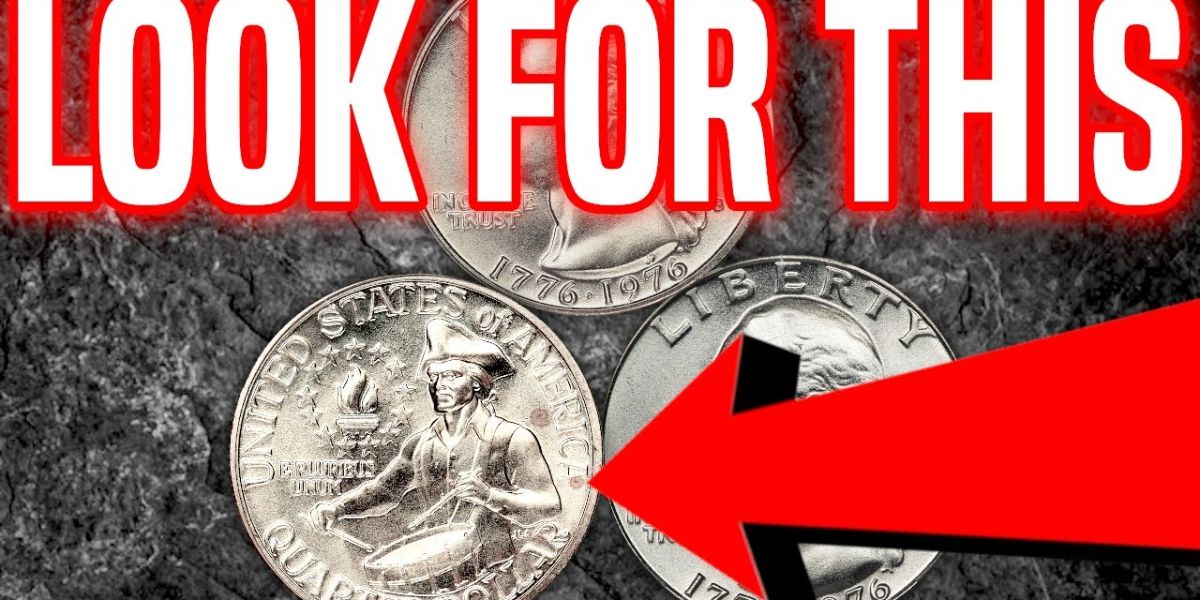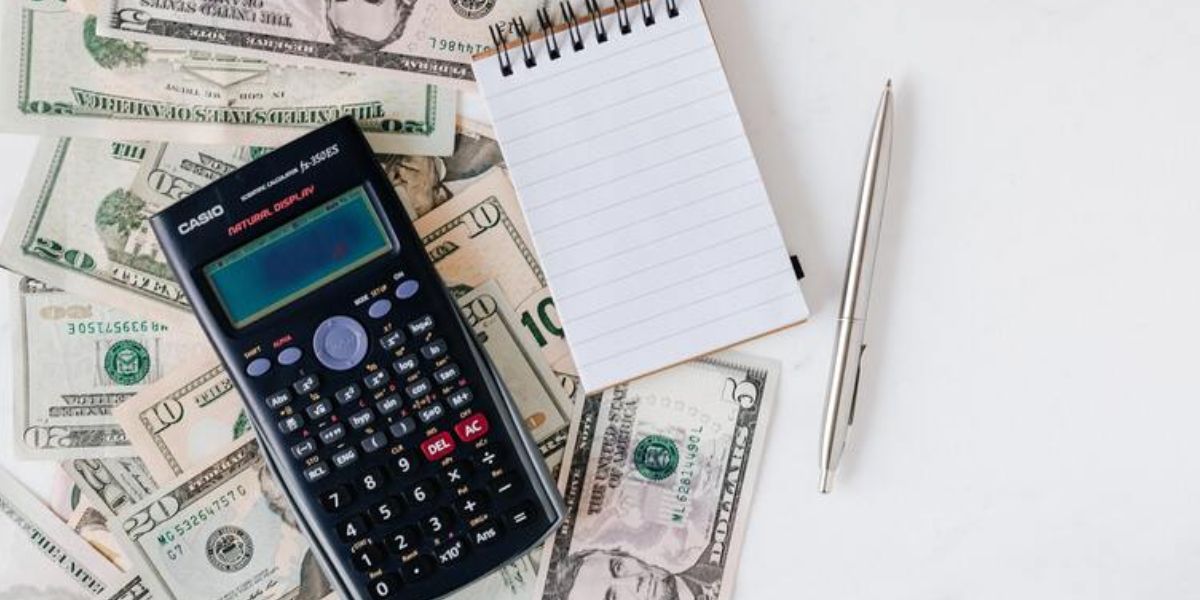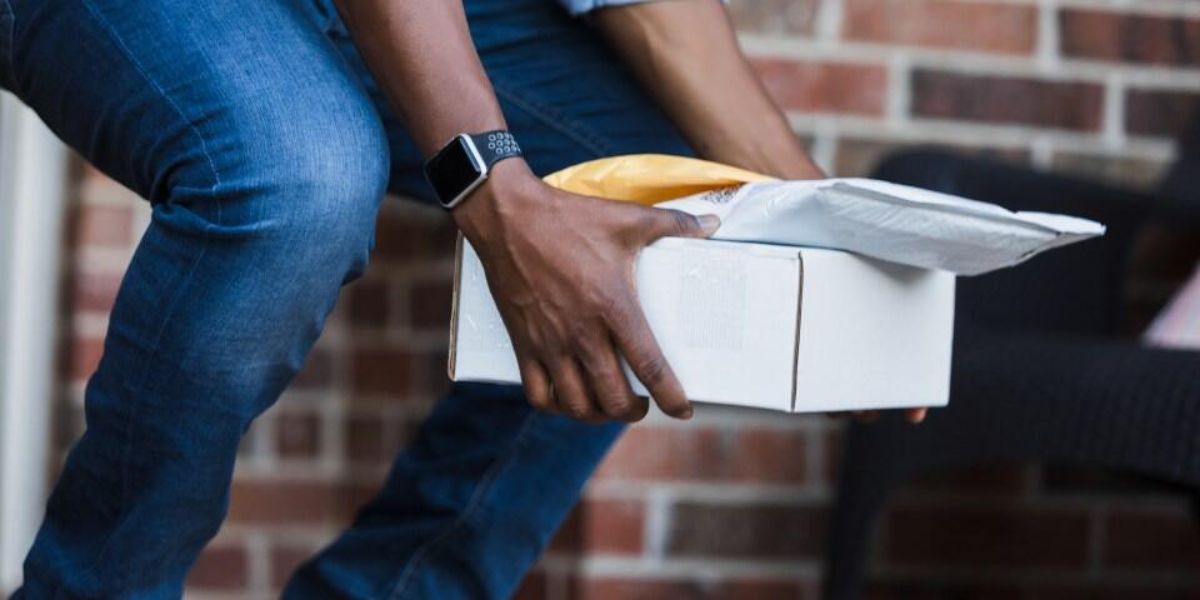Across the globe, currency is used as a form of exchange for goods produced and services rendered. Essentially, money comes in the form of coins or paper. It is issued by, in our instance, the US government. It is generally accepted as a specific method of payment.
Currency has evolved trade as a replacement for the old bartering system. The bartering system was a method whereby goods and services were traded. Country-specific currency constantly fluctuates depending on worldwide factors.
How do you determine the value of currency?
Currency has existed for the better part of 3,000 years. Bills are essentially printed pieces of paper. Whilst coins seem to have more value, as these were made of bronze, silver, and gold. Coins have been in use for a lot longer than bills. Utilizing a piece of paper as a form of currency felt a bit of a far-fetched idea at some point in time. Current bills are printed in certain denominations, with the fractional amount made up for in coins.
Similar yet different, currency and money are not the same thing. Currency refers to the actual tangible form of money. Money, on the other hand, refers to the intangible value system that helps to make the exchange of services and goods possible. There are some characteristics that very uniquely identify money:
- It is easy to divide and carry – thus very convenient.
- The durability allows it to last for many exchanges over an extended period.
- Supply should be stable to allow for reliability in value
- It is easily recognizable, creating a level of trust and confidentiality with the public.
- There is no need to re-value it constantly, as it is exchangeable.
Silver dollars and the American currency system
When the British Rule was thrown off, the United States was established. One of the main points of concern at that time was that a system of currency needed to be established. The currency format up to that time was the Spanish coins. Upon establishment, the early coins issued were pressed in precious metals. This system created the impression that the value of the coin could be guaranteed because of the cost of the base materials used.
Later variations were plated with a higher degree of purity. Some of the first US silver dollars were pressed in 1794. These were aptly named the Flowing Hair Dollar.
The design for this dollar was created by engraver Robert Scot. It depicts the bust of Liberty on one side, with the reverse featuring an eagle. The lettering on the coin was done by Frederick Geiger. Coins pressed after this depicted the Draped Bust and Seated Liberty.
The uniqueness of the Lady Liberty flowing hair dollar coin
The Flowing Hair Dollar was minted in 1794 and the one part of 1795. The size and weight of this specific dollar coin were based on the Spanish dollar. The Spanish dollar was popular throughout trade activities in the Americas. Mint Director at the time, David Rittenhouse, helped to circulate many of these coins. He spent many of them and also traded them for foreign coins. This was an attempt on his part to market these.
Currently, there are 150-200 survivors of these coins. An auction held in 2013 gives an approximate indication of the value of these coins. Sold by a New Jersey coin dealer, it was bought by a coin collector and partner at Legend Rare Auctions for a staggering amount of $10 million.
This is the highest price that has ever been paid for a rare coin.
The coin will change owners again on October 8, whereby it will be sold again at the Legends Rare Coin Auctions Regency Auction.




